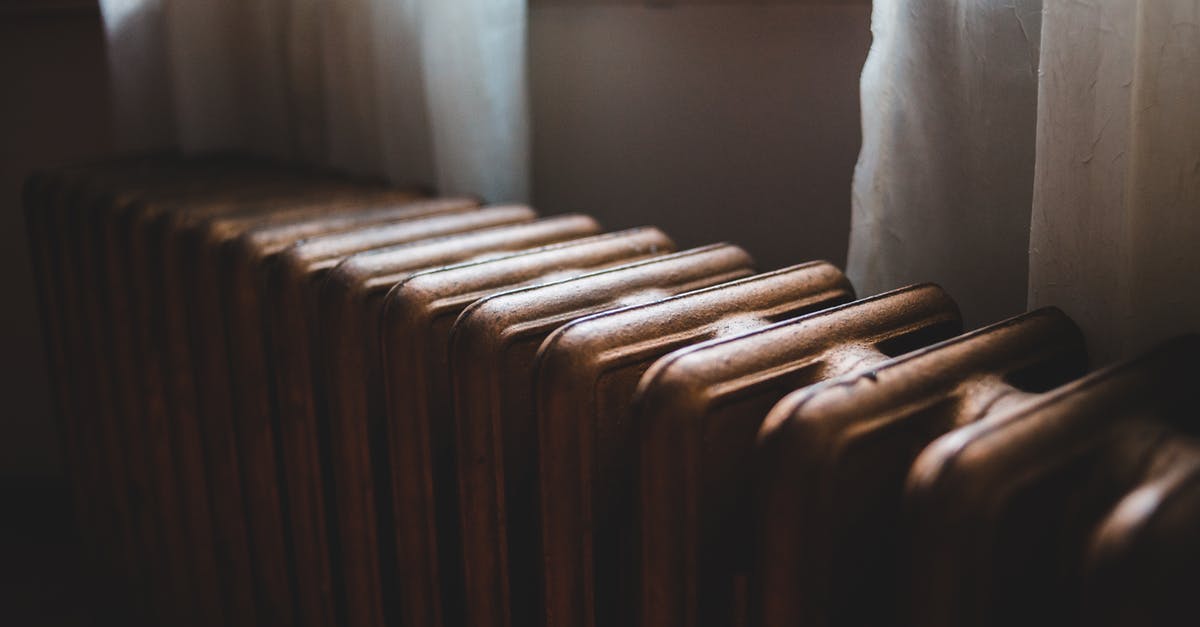Have I over- or under-cleaned my cast iron dutch oven?

There are several questions on this site addressing how to fix a cast iron pan or dutch oven when it collects rust or gets rock hard black food melted into it, including this question that I posted yesterday.
The TL;DR version of that question was that I cooked a pork roast in my dutch oven at way too high a temperature, and the animal fat and other juices (apple cider vinegar, etc.) essentially fused with the cast iron (just kidding! but not really, take a look at the photos in that question above).
However, after following the suggestions of scrubbing with steel wool, what I have been left with is a situation where I can't quite tell how clean (or not) my cast iron dutch oven is:
So you can see in the pic above, after scrubbing this thing hard for about 20 minutes w/ a steel wool (to the point where it started to break apart and send nice little metal slivers into my hands), there are some portions that are now smooth and black, and other parts that are a dull, shiny gray. I can't tell which is the case, either:
- The smooth black areas are still areas where animal fat/juices are burnt/charred/fused into the cast iron, and the shinier gray areas are the parts that I've actually managed to clean; or
- The smooth black areas are the places where I have correctly sandblasted the burnt/charred/fused animal fat away, leaving behind the original surface/coating of my dutch oven, but the gray shinier areas are places where I've gone too far and worn away the outer "layer" of my oven
So my first question is: which is it? Did I take the scrubbing too far, or do I still need to put in more sweat equity to get the whole thing gray & shiny? And if it's the latter and I've taken scrubbing too far, then what are my remedies here (if any)?
Another tangential question worth asking here is: does this even matter? My understanding of cast iron cooking (which is very little, obviously) is that its good to let some residue cake on to the metal, for adding flavor in subsequent cooks. And that as long as you coat it with oil to prevent rust, you're good to go. So, either way, am I good to go? Why/why not?!? Thanks in advance!
Best Answer
The black areas look like seasoning, which is essentially burnt-on oil/fat. You want that (though probably you don't want proteins or sugars so much, but I'd guess you've removed them now). Seasoning is somewhere between a dull matte black and semi-gloss black, depending. Wet with the tiniest bit of oil (e.g., wiped on with a paper towel), it should turn semi-gloss to fully shiny.
The metallic gray is bare iron; you need to season that promptly, before it rusts (apply oil, heat, repeat a few times); we have questions on how to season a pan already.
Personally... I'd just attempt to season the whole thing at this point. If the seasoning fails to adhere to some of those black areas, then I guess they need more sanding. But I doubt it.
PS: A good pair of gloves should protect your hands from steel wool.
Pictures about "Have I over- or under-cleaned my cast iron dutch oven?"



Do you put cast iron in oven after cleaning?
Seasoning. It's important to season cast iron before using it for the very first time, and again after cleaning with hot, soapy water or oven cleaner. Seasoning makes the pan easy to clean, prevents rust, and keeps food from sticking. Preheat the oven to 350 degrees Fahrenheit.What should you never use to clean a cast iron Dutch oven?
Since cast iron rusts, never leave the Dutch oven to soak in a sink of water or use steel wool or a metal scraper. Both will harm the seasoned finish.How do you deep clean a cast iron Dutch oven?
How do I know if my Dutch oven is seasoned?
Turn off the oven and let the Dutch oven cool for 30 minutes before removing it. That's it! The Dutch oven has been seasoned. If you see any gaps in the shiny black sheen, you may have to repeat the process until you reach the desired finish.Why is My Cast Iron Sticky? And How to Fix It!
More answers regarding have I over- or under-cleaned my cast iron dutch oven?
Answer 2
IMPE, you are better to strip the thing all the way before re-seasoning - I have had poor luck with trying to re-season over damaged seasoning. The resulting surface is never smooth.
I'm unclear why you chose to do it the hard way, when the duplicate question you claimed was not a duplicate of yesterday's question had the easy ways in the answers. The material is burnt on to the cast iron surface, not "fused" with it, and the easy, quick solution is to burn it off.
If you have an oven with a self-clean cycle, there you go.
If you have your overly enthusiastic fire, that will do as well.
And if you have a long time, there's the lye approach. None of those require enthusiastic scrubbing.
Once stripped, re-season (tons of existing answers on that subject.)
Other existing questions/answers point out that it is important to heat the iron after applying oil - if you apply oil and put the pan away, you will find a rancid pan when you pull it out to use some time later. If the oil is heated and polymerized it will not then go rancid in storage.
Sources: Stack Exchange - This article follows the attribution requirements of Stack Exchange and is licensed under CC BY-SA 3.0.
Images: Max Vakhtbovych, Erik Mclean, Erik Mclean, Milan

